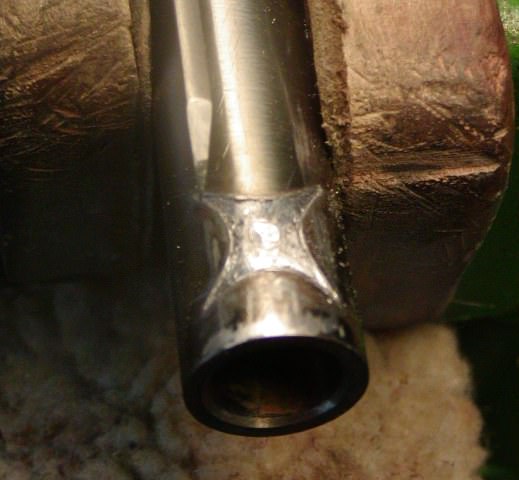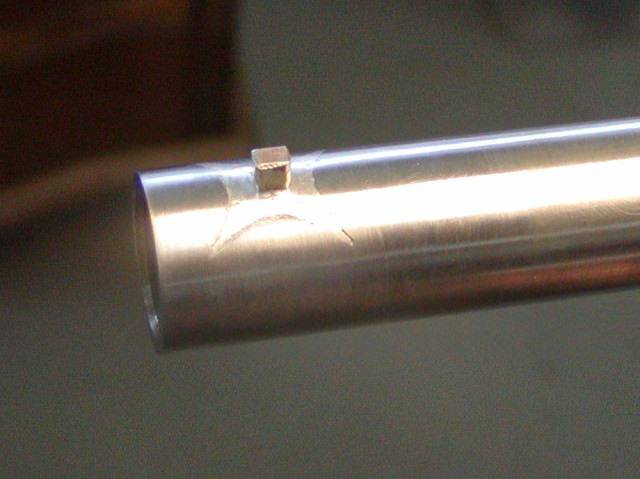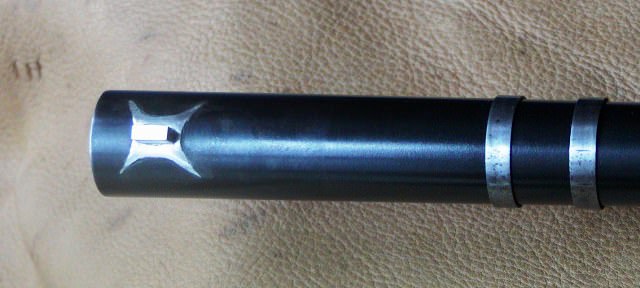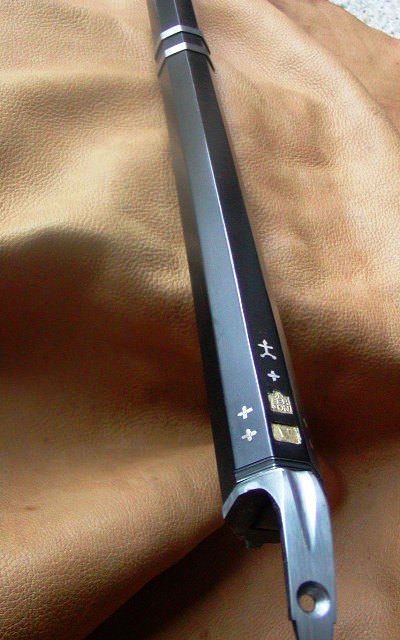- Joined
- Nov 26, 2005
- Messages
- 5,016
- Reaction score
- 9,959
Hi Folks,
Rich Pierce gifted me this Spanish barrel assuming I would use it. He is correct and I am very grateful. It has Bis' city and maker's mark and they are very accurate with respect to the originals. There are many Bis copies but this one may be true. It is 36.5" long and was never altered because the proportion of octagon to round sections is exactly right for Spanish barrels (2 fifths octagon and 3 fifths round)., It is massive at the breech and tapers rapidly toward the chiseled transition to round. Notice that the sculpting at the transition goes all the way around the barrel. The bore is pretty good with pitting at the breech and a dent about 5" back from the muzzle. It has a classic silver spider front sight. The maker's marks still show a little gilding The breech plug is almost 3/4" deep with wonderful swaged threads that are still very clean. They seem to be about 13/16-10 threads. Anyway, I will smooth and polish the bore, remove the dent, and rebreech it. Then use it on a new gun. So what should that be? A Spanish gun from the early 18th century, which could have a lock al a mode or a Spanish lock? Remember, Bis was from Madrid so Catalonian stocks may not be right. Or should I build an English fowler using a fine Spanish barrel? I've done that before.
dave
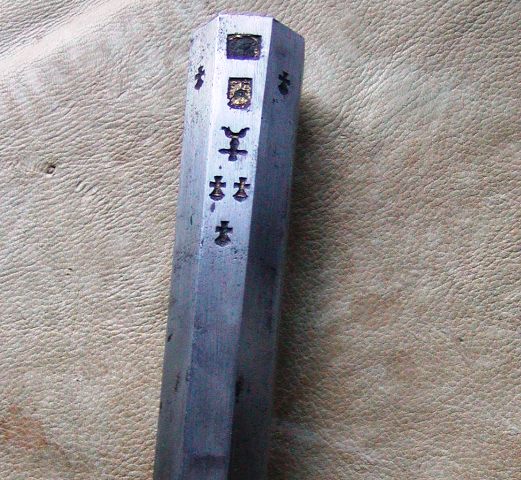
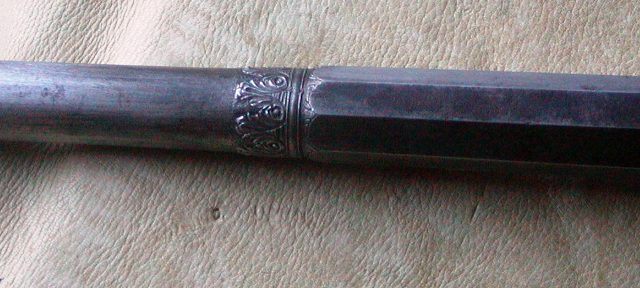
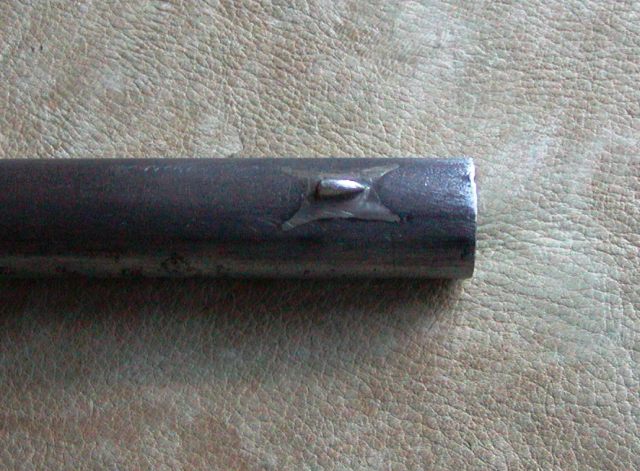
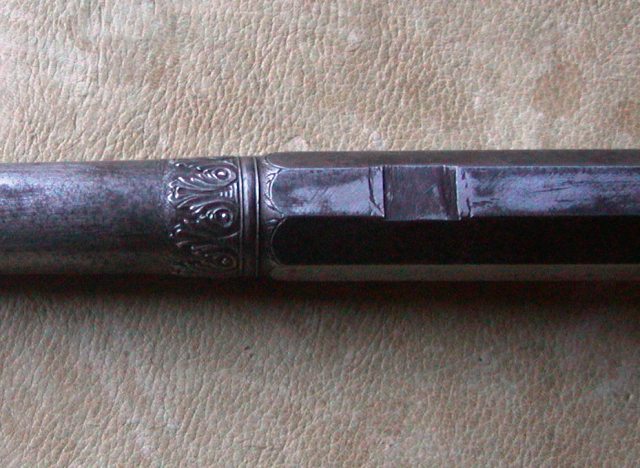

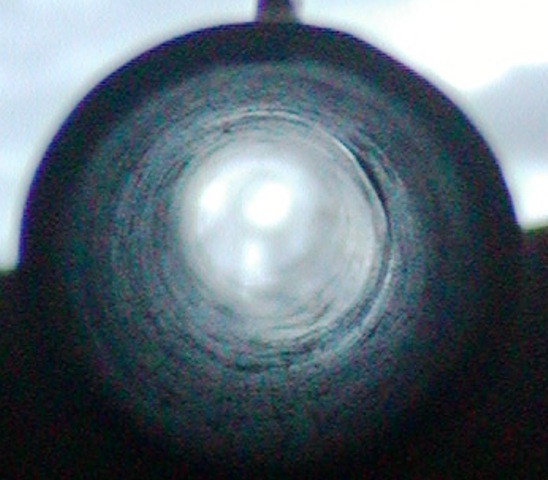
Rich Pierce gifted me this Spanish barrel assuming I would use it. He is correct and I am very grateful. It has Bis' city and maker's mark and they are very accurate with respect to the originals. There are many Bis copies but this one may be true. It is 36.5" long and was never altered because the proportion of octagon to round sections is exactly right for Spanish barrels (2 fifths octagon and 3 fifths round)., It is massive at the breech and tapers rapidly toward the chiseled transition to round. Notice that the sculpting at the transition goes all the way around the barrel. The bore is pretty good with pitting at the breech and a dent about 5" back from the muzzle. It has a classic silver spider front sight. The maker's marks still show a little gilding The breech plug is almost 3/4" deep with wonderful swaged threads that are still very clean. They seem to be about 13/16-10 threads. Anyway, I will smooth and polish the bore, remove the dent, and rebreech it. Then use it on a new gun. So what should that be? A Spanish gun from the early 18th century, which could have a lock al a mode or a Spanish lock? Remember, Bis was from Madrid so Catalonian stocks may not be right. Or should I build an English fowler using a fine Spanish barrel? I've done that before.
dave














